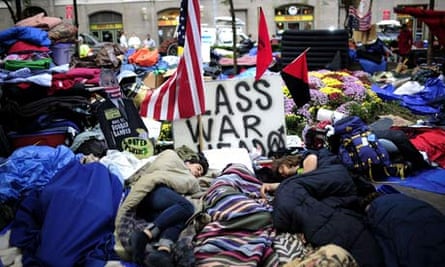Cities are more than concrete and traffic; look a little harder and you can find places to sit, and breathe and escape the world. But sometimes, you have to look really hard.
And that's what The New York World has been doing for the past two weeks, partnering with WNYC's Brian Lehrer show to ask New Yorkers to help find the city's "privately owned public spaces" – those small patches of indoor and outdoor real estate that property owners have committed to making available for public use. The world has heard of Zuccotti Park, thanks partly to the Occupy protests. But New York is dotted with these beautiful spaces.

Developers were given valuable exemptions to the city's zoning rules in exchange for building and maintaining public areas. But building a space and letting the public use it are two different things. Michael Keller, behind the project, says there's very little enforcement of the "public" part of these privately owned public spaces and equally little data about the shape they're in. "Some, like Zuccotti Park, are very well maintained, while others, including Dag Hammerskjold Plaza are actually locked up."
Responsibility for policing these areas falls on the the Department of Buildings, but there's little evidence this is enforced.
The New York World got the official list of these spaces from the Department of City Planning and asked New Yorkers to check them out, see if they could get in and rate them. (By the way, if you want to get this dataset yourself, says Keller, watch out for some weirdness in the new NYC Socrata-powered data handling system - this dataset was corrupted in the process. "Notice how after ".zip" there's a bunch of garbage characters. If you delete those characters and then unzip, it will function normally. It's in Access format. We converted it to a csv, and added "New York, NY" to the address field for geocoding. We also had to spot check and clean up some odd geocoding behavior, which is wont to happen.")
This article includes content provided by Spotify. We ask for your permission before anything is loaded, as they may be using cookies and other technologies. To view this content, click 'Allow and continue'.
The result is this crowdsourced map - created using Fusion tables and with a couple of nifty features, including an address finder so people could easily see what sites are near their home or office. "If they're on a mobile device, we added a GPS locator to make it easy to find nearby spaces. To give people feedback we added the progress bar and we're sorting the responses to prepare follow-up stories on what we find," says Keller.
They've received over 150 submitted comments and 132 unique sites have been visited. "From those comments, we identified places where readers were denied access such finding locked gates or security guards asking for ID and turning people away," says Keller.
Go to the site today and you will find an elevated acre at 55 Water Street in Lower Manhattan (where summer visitors can take in outdoor movies). But there's also the Lotus garden at 275 W. 96th Street, which is only open one afternoon a week, leaving visitors to gaze longingly at its verdant website.
Taking the process one step further, the group have looked at city records to go over the details of the land deals and contacted management to ask them about policy when it comes to public use of space. "So far we've found some spaces that look like they're in violation of their agreements with the city to provide this space and as more comments come, the more places we get to look at."
Crowdsourcing tends to be used for huge datasets, partly to make them more manageable. But this shows how crowdsourcing can create meaningful data anywhere and with any project. And find some beautiful places along the way.
More open data
Data journalism and data visualisations from the Guardian
World government data
Search the world's government data with our gateway
Development and aid data
Search the world's global development data with our gateway
Can you do something with this data?
Flickr Please post your visualisations and mash-ups on our Flickr group
Contact us at data@guardian.co.uk

Comments (…)
Sign in or create your Guardian account to join the discussion